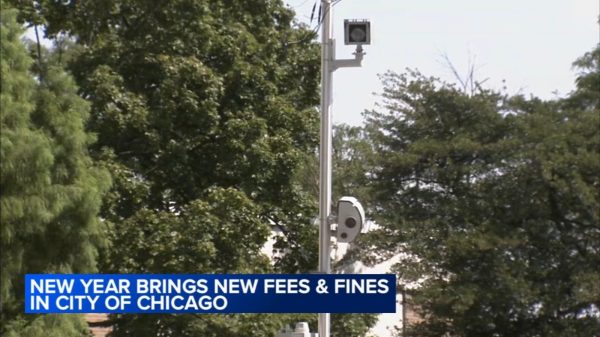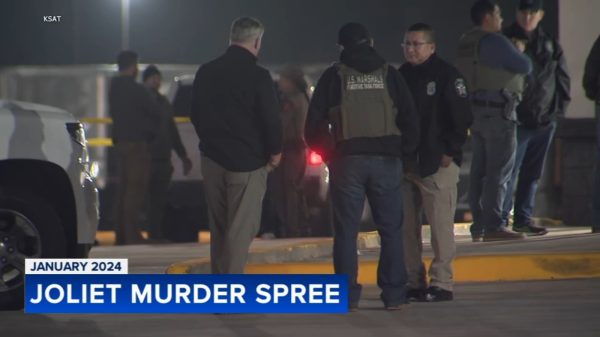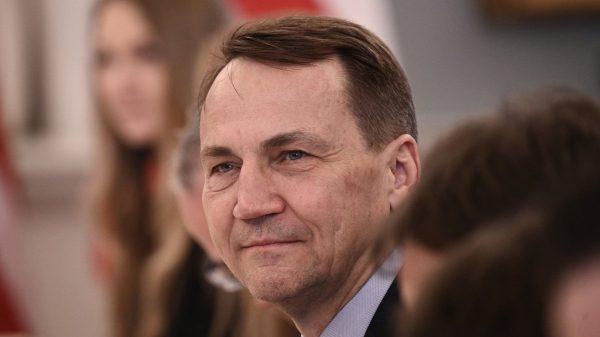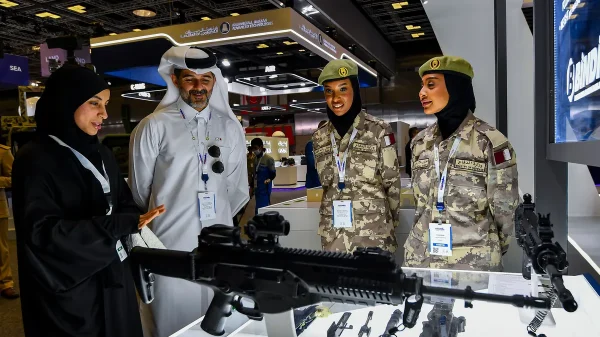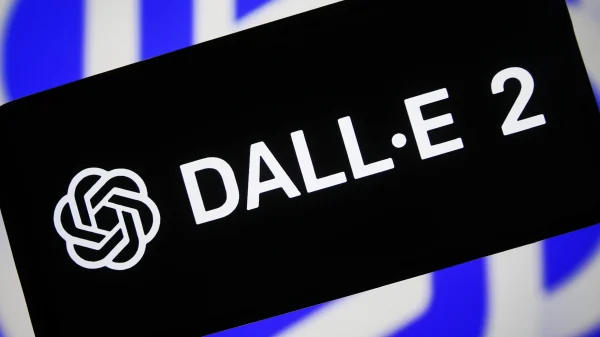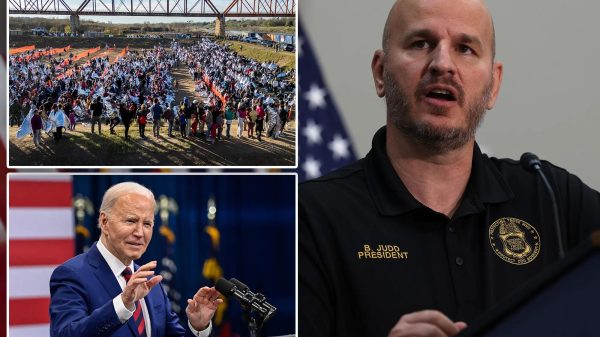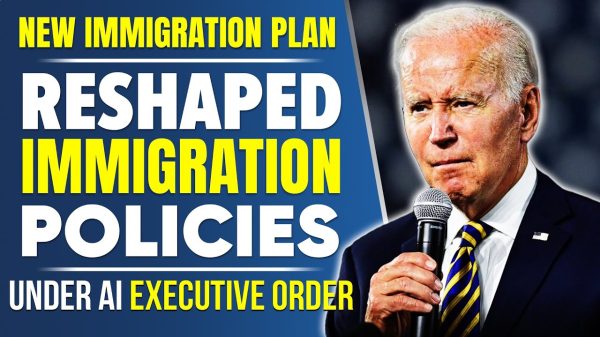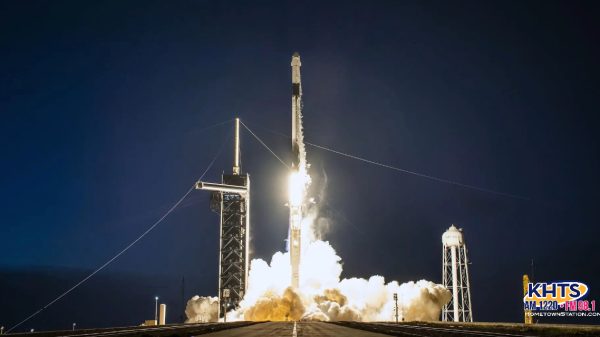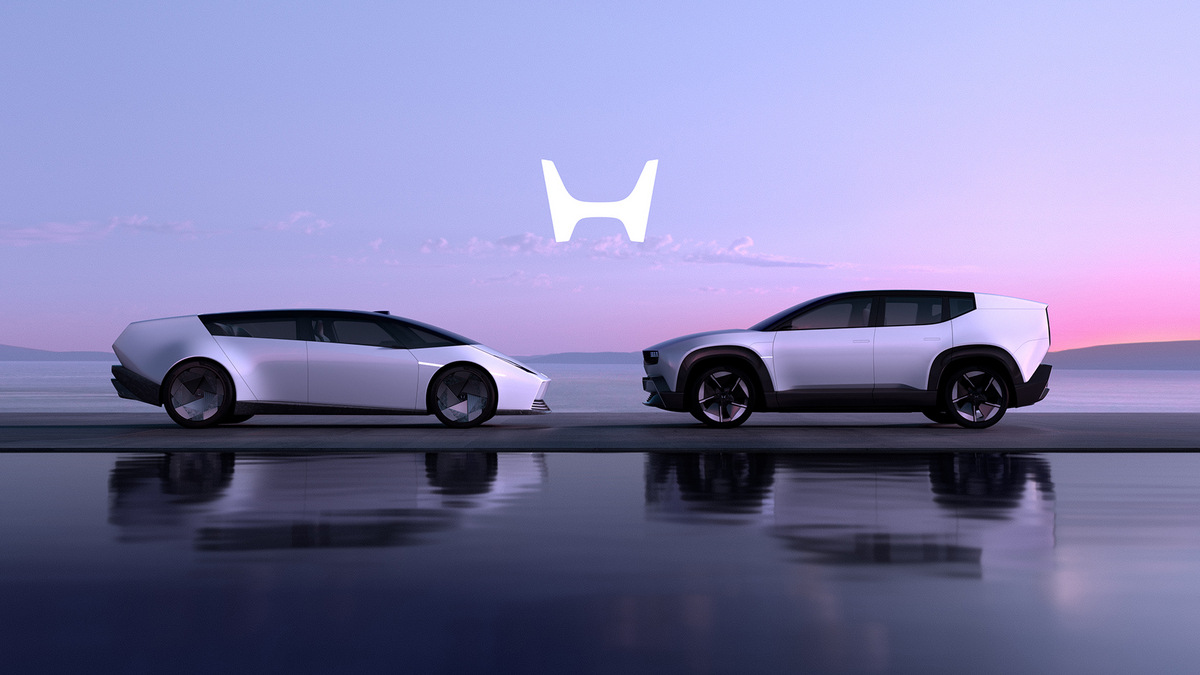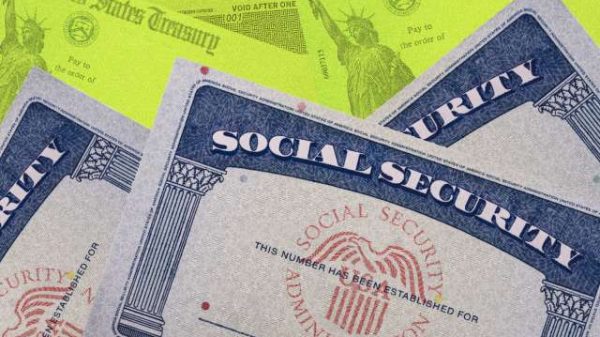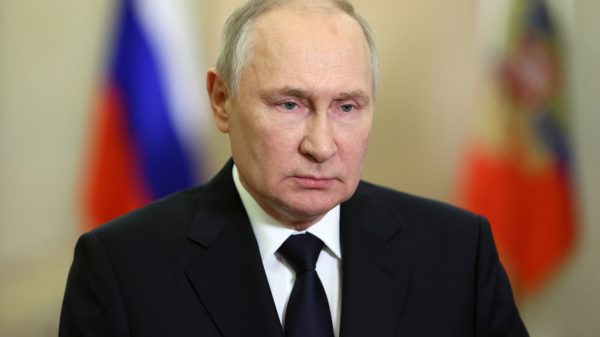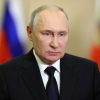
Marysville, East Liberty, and Anna, Ohio, all host Honda plants. Currently, the automaker uses these locations to build and ship the Accord, Accord Hybrid, CR-V, Acura RDX, and Acura MDX to drivers around the world. The world has both praised and criticized Honda its hesitancy to commit to EVs, citing its success with hybrids. Still, by 2040, Honda plans to transition to fully electric offerings, and it starts with a $1 billion cash infusion straight to its Ohio operations.
Mike Fischer is Honda’s executive chief engineer. He explained that the heavy investment is meant to help reimagine its Midwest manufacturing so that it’s both human-friendly and environmentally responsible. It doesn’t stop in Ohio, either, with a rippling effect: “…Nationally, regionally and globally for Honda motor moving forward in the future.”
Honda’s incoming EV lineup
Later this year, Honda plans to build the brand-new Acura RSX as a sporty, all-electric EV SUV first. Next come the first two models of its futuristic, AI-assisted 0 Series, the Honda 0 Saloon and 0 SUV, which it says are to launch in the second half of the 2020s.
Bob Schwyn, the senior VP of Honda Development of America, said that Honda associates are taking on responsibilities the company has never done before, including learning new skills and processes as they relate to fully electric cars. “So this really is a great opportunity for our associates to start from scratch, to be on the ground floor and the starting point of the future of Honda manufacturing.”
This all comes as re-entering President Trump looks to reverse EV tax credits the Biden administration established. Billions slated for new EV charging stations hang in limbo.
What’s more, the American public still might not be financially able to afford EVs. As NBC 4 reported, electric cars average $17,000 more than gas-powered cars. Overall, the higher entry costs overlapped with the U.S.’s hesitancy to fully invest in public infrastructure that supports them, further delays mass adoption.
All the while, China has tightened its grip on the electric vehicle supply chain. Jim Farley, Ford’s CEO, has publicly lamented China’s 10-year head start on EVs. At this point, if any automaker wants to manufacture these cars, they have to go through China, in one way or another, to build them.
In any case, the news of the billion-dollar investment in Ohio operations, combined with its January debut of the 0 lineup, means Honda is dedicated to moving ahead on electric.

